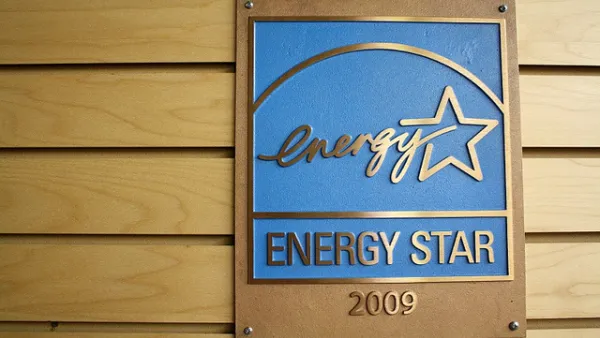According to an analysis by the Energy Efficiency for All coalition, California's Energy Savings Assistance Program could be four times as effective for low-income renters if it were better deployed.

California's Energy Savings Assistance Program has the potential to achieve four times the savings it currently does "if the California Public Utilities Commission (CPUC) approves increased investments, new measures, and innovative program delivery models," Maria Stamas and Jose Torres write.
That's based on a report by the Energy Efficiency for All coalition, which finds that as much as $200 million in utility bill savings are currently going unrealized. Part of the problem may be housing type: "at least one-third of those eligible for California's low-income energy efficiency assistance live in multifamily buildings, yet energy efficiency programs have historically underserved these residents."
At the same time, Stamas and Torres say, lower-income households tend to spend a larger proportion of their income on energy, and often live in older, poorly insulated rental housing with less efficient appliances. They're also likely to live closer to pollution sources like freeways and power plants.
By adopting better program design, funding models, and performance goals (more in the article) over the next 14 years, California's four largest investor-owned utilities could save 934 gigawatt hours of electricity, according to the report.
FULL STORY: Report: $200M in Renters’ Bill Savings Left on the Table

National Parks Layoffs Will Cause Communities to Lose Billions
Thousands of essential park workers were laid off this week, just before the busy spring break season.

Retro-silient?: America’s First “Eco-burb,” The Woodlands Turns 50
A master-planned community north of Houston offers lessons on green infrastructure and resilient design, but falls short of its founder’s lofty affordability and walkability goals.

Delivering for America Plan Will Downgrade Mail Service in at Least 49.5 Percent of Zip Codes
Republican and Democrat lawmakers criticize the plan for its disproportionate negative impact on rural communities.

Test News Post 1
This is a summary

Test News Headline 46
Test for the image on the front page.

Balancing Bombs and Butterflies: How the National Guard Protects a Rare Species
The National Guard at Fort Indiantown Gap uses GIS technology and land management strategies to balance military training with conservation efforts, ensuring the survival of the rare eastern regal fritillary butterfly.
Urban Design for Planners 1: Software Tools
This six-course series explores essential urban design concepts using open source software and equips planners with the tools they need to participate fully in the urban design process.
Planning for Universal Design
Learn the tools for implementing Universal Design in planning regulations.
EMC Planning Group, Inc.
Planetizen
Planetizen
Mpact (formerly Rail~Volution)
Great Falls Development Authority, Inc.
HUDs Office of Policy Development and Research
NYU Wagner Graduate School of Public Service





























